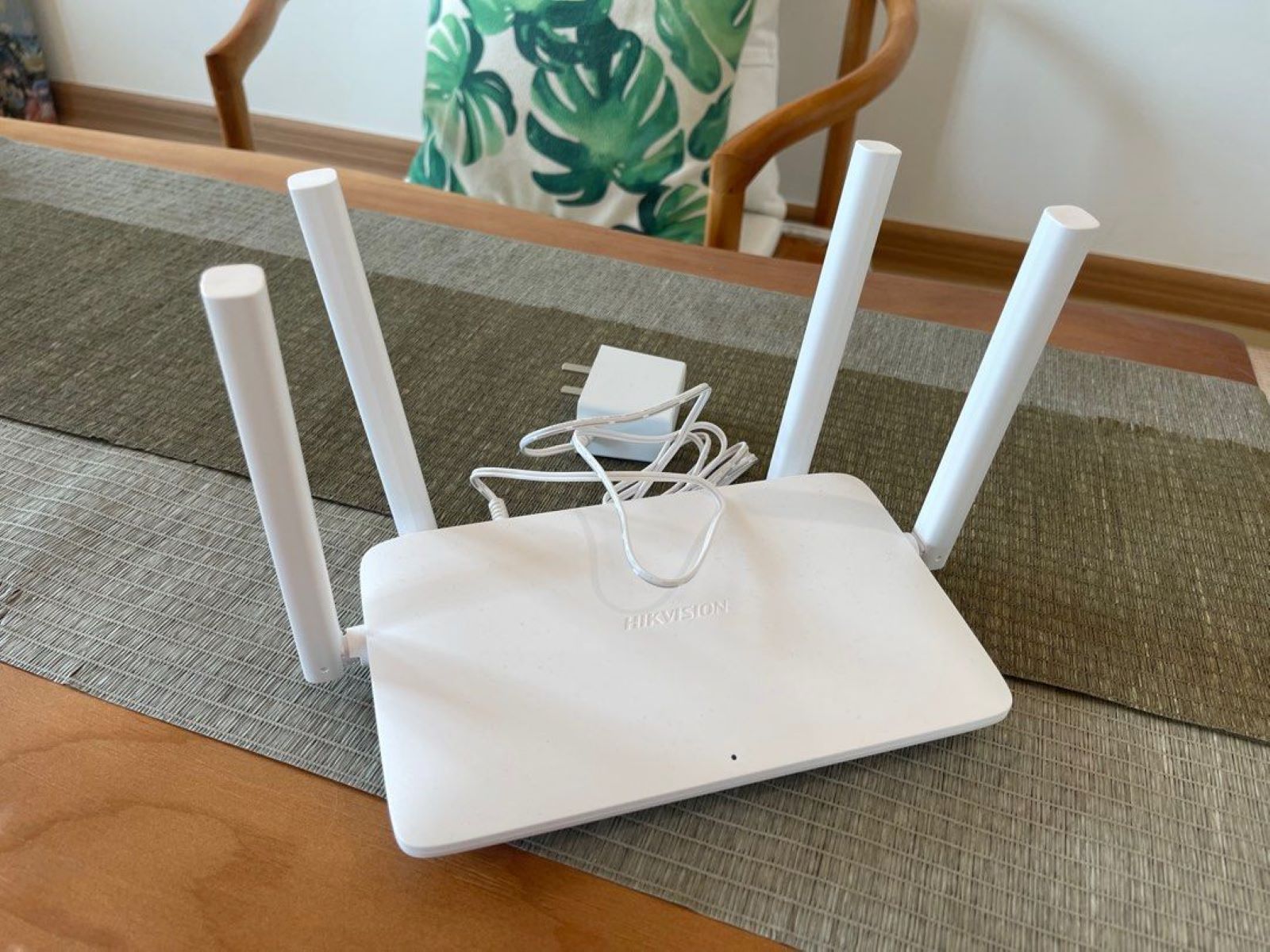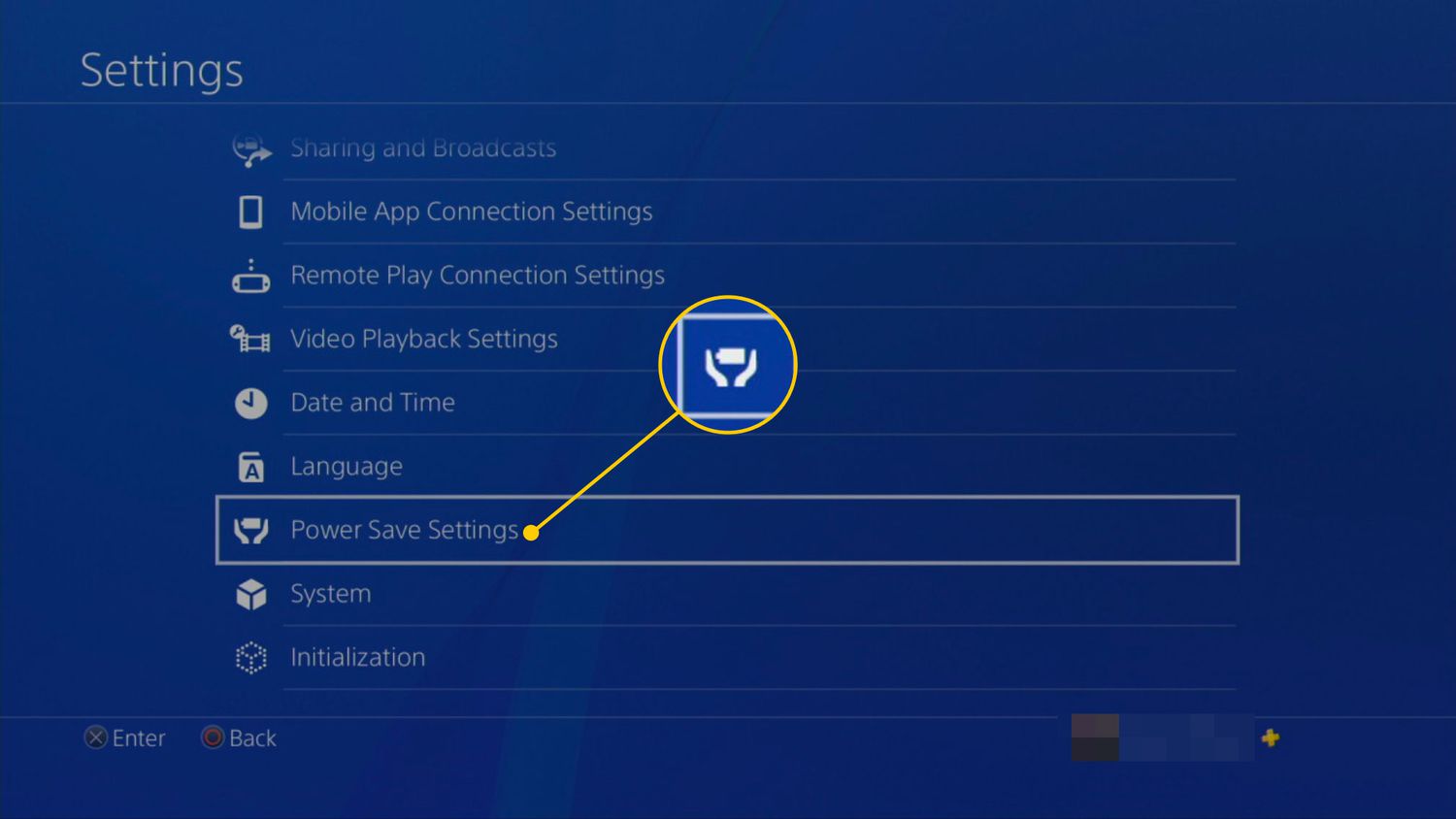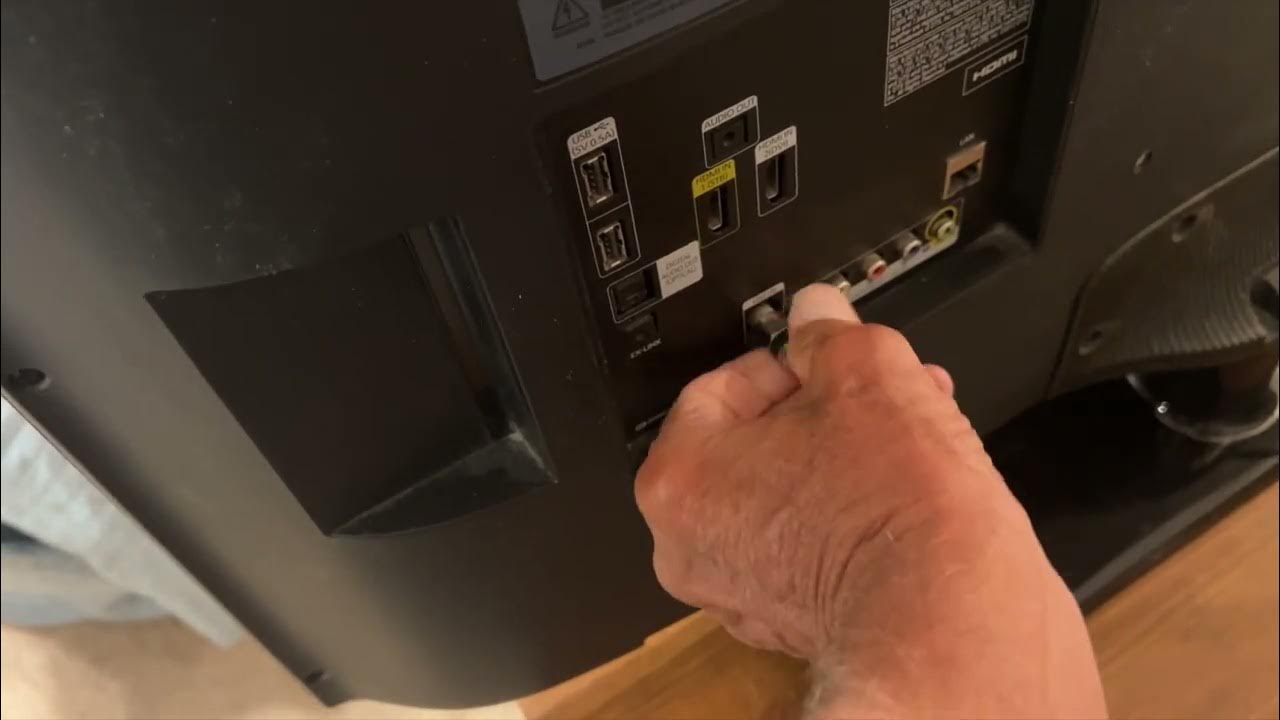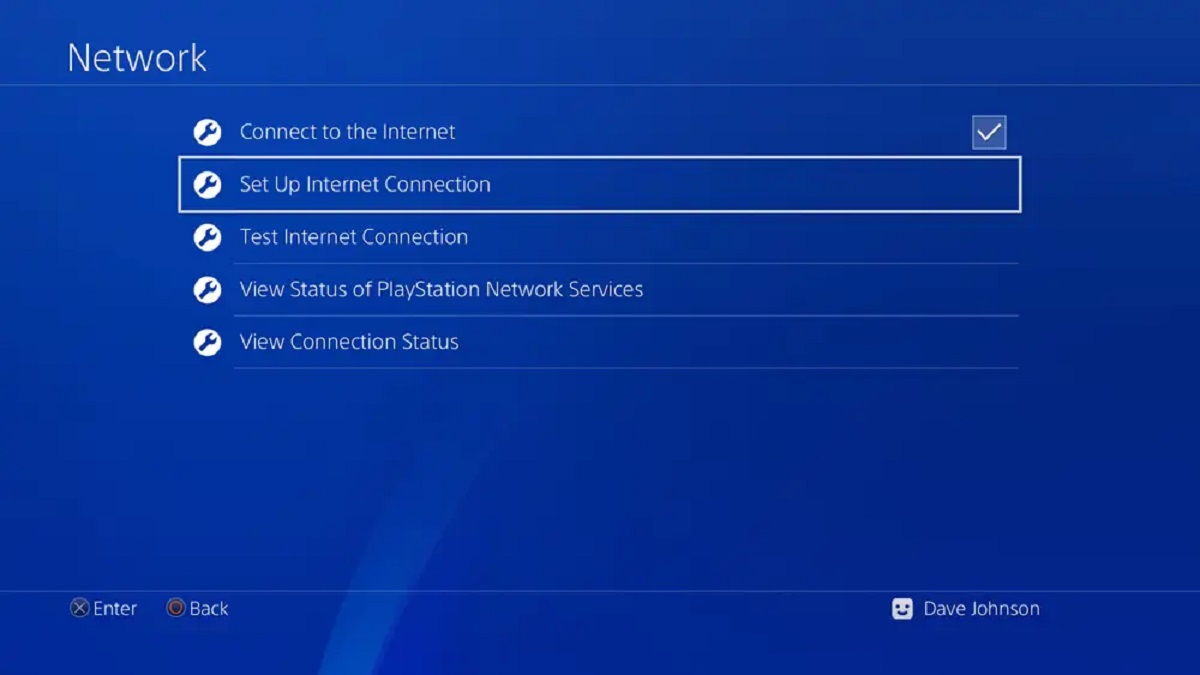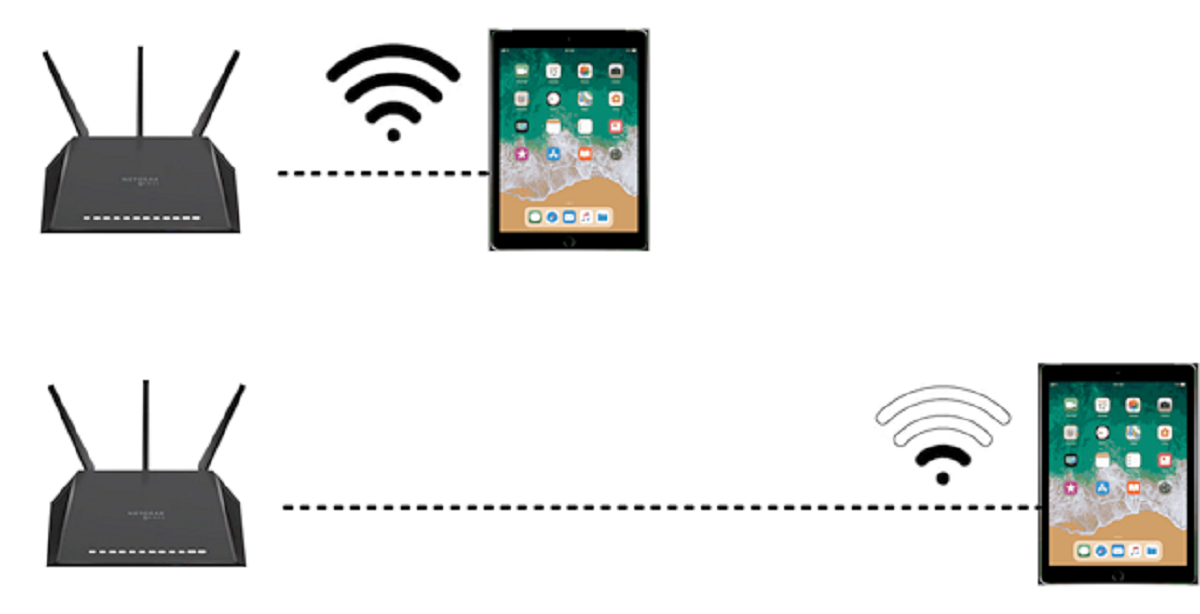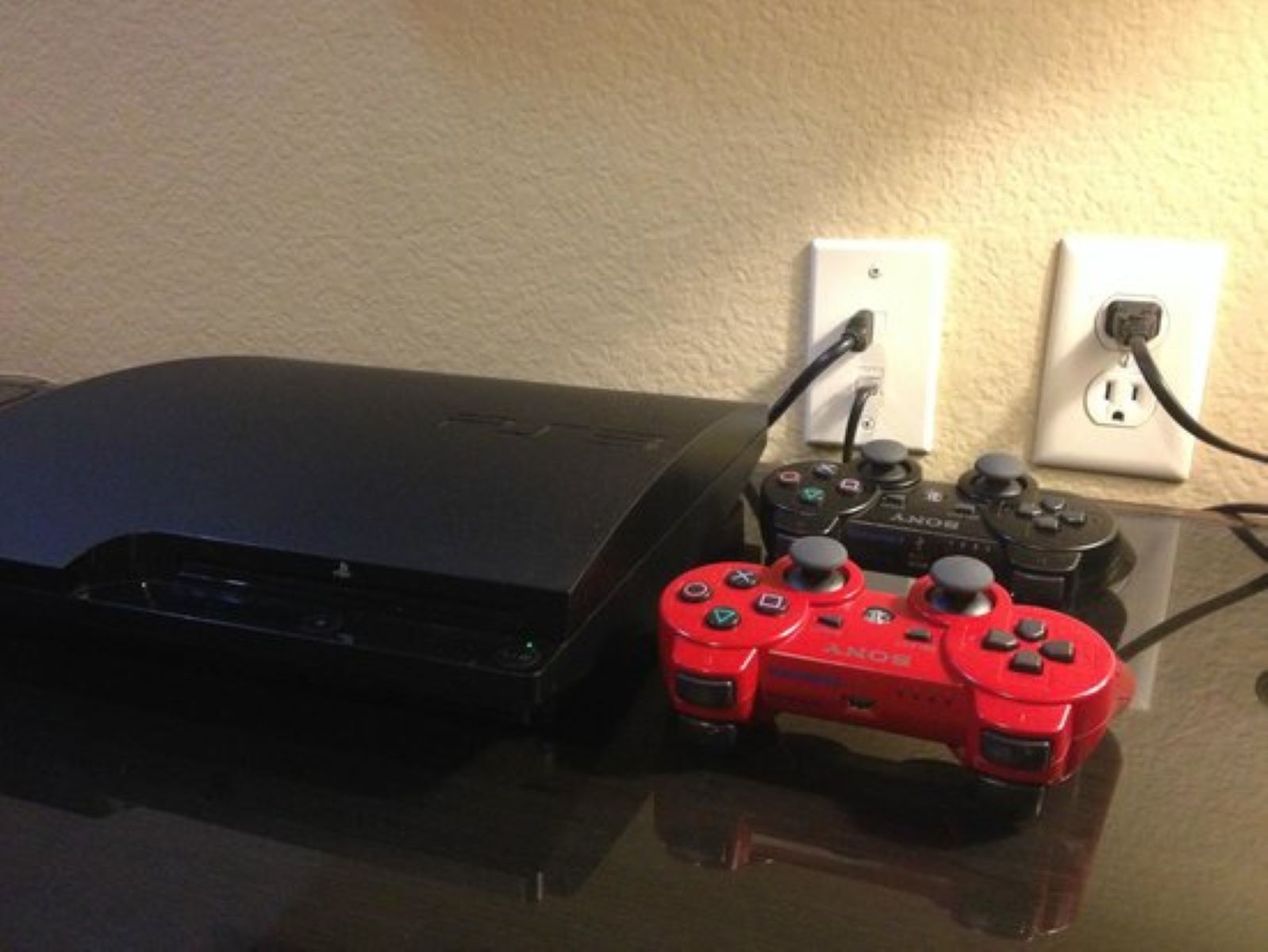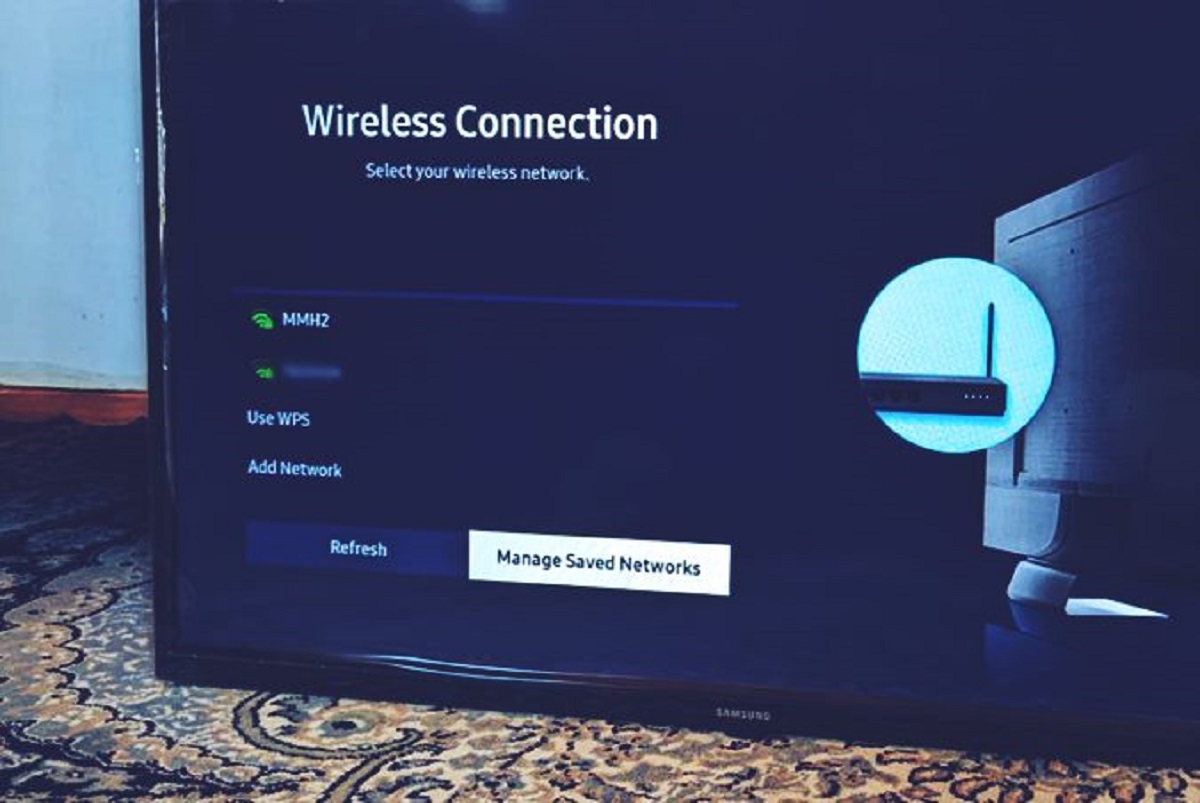Introduction
Having access to a reliable and high-speed internet connection is essential in today’s digital age. However, there are situations where the router is placed far away from the area where you need an Ethernet connection. This can be frustrating, especially if you rely on a wired connection for certain devices or activities.
Fortunately, there are several solutions available to help you get Ethernet connectivity even when your router is far away. In this article, we will explore different methods that can assist you in extending your Ethernet cable reach.
Whether you are working from a home office, streaming media in a different room, or simply need a stable connection for online gaming, understanding these options will allow you to set up a reliable and seamless network connection.
We will discuss various approaches, such as extending your Ethernet cable, utilizing powerline adapters, using Wi-Fi range extenders, exploring Ethernet over coaxial cable (MoCA), and making use of a network switch. Each method has its own benefits and considerations, so it’s important to assess your specific needs and circumstances in order to find the most suitable solution.
By the end of this article, you will have a clearer understanding of how to get Ethernet connectivity when your router is far away and be able to choose the option that best fits your requirements and budget.
Assessing Your Situation
Before delving into the various methods of extending your Ethernet cable, it is crucial to assess your current situation. Understanding your specific needs and limitations will help you determine the most effective solution.
Start by identifying the distance between your router and the area where you need an Ethernet connection. Measure the physical distance, taking into account any walls or obstacles that could interfere with the signal. This will give you a better idea of the requirements for extending your Ethernet cable.
Next, consider the available resources and infrastructure in your home or office. Are there existing Ethernet ports in the desired location? Are there electrical outlets nearby? These factors will play a role in determining which methods are feasible for your situation.
Additionally, evaluate the bandwidth and speed requirements for your intended use. If you rely on a wired connection for activities such as online gaming or streaming high-definition content, you may require faster speeds and lower latency. Understanding your specific needs will help you choose the appropriate solution.
Budget is another important factor to consider. Different methods of extending Ethernet cables come with varying costs. It’s essential to weigh the benefits against the budget to make an informed decision.
Lastly, consider any future expansion or scalability requirements. Are you planning to add more devices or expand your network in the future? This will help you choose a method that can accommodate future growth.
By taking the time to assess your situation comprehensively, you will be better equipped to choose the most suitable method for extending your Ethernet cable. Consider the distance, available resources, bandwidth requirements, budget, and future scalability to make an informed decision that meets your needs.
Extending Your Ethernet Cable
If you have determined that extending your Ethernet cable is the best solution for your situation, there are several methods you can explore. These methods allow you to physically extend the reach of your Ethernet connection to the desired location.
One straightforward approach is to use an Ethernet cable that is longer than the one currently connecting your router. Ethernet cables are available in various lengths, ranging from a few feet to hundreds of feet. Simply replace your existing cable with a longer one to reach the desired location. Keep in mind that longer cables may result in signal degradation, so it’s important to choose a high-quality cable that can maintain signal integrity over longer distances.
If running a long Ethernet cable along your walls or floors is impractical or not aesthetically pleasing, another option is to use cable raceways or conduits. These are systems that allow you to hide or protect your cables while extending them to the desired location. Cable raceways can be installed along walls or baseboards, providing a neat and organized solution.
If drilling holes or installing cable raceways is not feasible, you can also make use of flat Ethernet cables. These cables are thin and flexible, allowing them to be easily hidden under carpets, rugs, or along baseboards. This method provides a discreet way to extend your Ethernet cable without the need for extensive modifications to your space.
Another option for extending your Ethernet cable is to use a coupler or an Ethernet connector. These devices allow you to connect two Ethernet cables together, effectively extending the length. Keep in mind that each additional connection introduces the possibility of signal degradation, so it is advisable to use high-quality connectors and minimize the number of connections in the chain.
By considering the specific layout of your space, aesthetic preferences, and the length needed to reach the desired location, you can choose the most suitable method for extending your Ethernet cable. Whether it’s using longer cables, cable raceways, flat Ethernet cables, or connectors, these methods offer flexibility and adaptability to meet your needs.
Powerline Adapters
If running Ethernet cables or modifying your space is not ideal, powerline adapters offer a convenient and effective solution for extending your Ethernet connection. Powerline adapters utilize your existing electrical wiring to transmit the network signal, eliminating the need for additional cables.
The setup process for powerline adapters is relatively simple. It involves connecting one adapter to an electrical outlet near your router and connecting it to the router via an Ethernet cable. The second adapter is then plugged into an electrical outlet near the area where you need the Ethernet connection, and another Ethernet cable is used to connect it to your device. The adapters communicate with each other through the electrical wiring, effectively extending the network signal to the desired location.
One of the benefits of powerline adapters is their versatility. They can transmit the network signal through different electrical circuits, allowing you to extend the Ethernet connection to multiple locations in your space. This makes them a suitable option for larger homes or offices where a single access point may not suffice.
It’s worth noting that the performance of powerline adapters can be influenced by factors such as the age and quality of your electrical wiring. Ideally, the adapters should be plugged directly into wall outlets instead of power strips or surge protectors, as these can interfere with the signal. Additionally, powerline adapters may not work well if your home has multiple electrical panels or if the electrical circuits are on different phases.
When choosing powerline adapters, look for models that support the latest standards, such as HomePlug AV2 or G.hn, as they offer better performance and faster speeds. Some adapters may also include additional features such as built-in Wi-Fi access points or pass-through power outlets.
Overall, powerline adapters are a convenient and reliable solution for extending your Ethernet connection without the need for additional wiring or modifications. They offer flexibility in terms of reaching multiple locations and can provide stable and high-speed internet connectivity throughout your space.
Wi-Fi Range Extenders
If you have a strong Wi-Fi signal but need to extend the range for better coverage, a Wi-Fi range extender can be a suitable solution. Also known as a wireless repeater or booster, a Wi-Fi range extender picks up the existing Wi-Fi signal from your router and rebroadcasts it to areas with weaker coverage.
The setup process for a Wi-Fi range extender typically involves positioning the device within the range of your existing Wi-Fi network. Once connected, the extender creates a new network that extends the coverage area. Devices in the extended area can then connect to the extender’s network for a stronger Wi-Fi signal.
One advantage of using a Wi-Fi range extender is that it doesn’t require any additional cabling. This makes it a convenient solution when running Ethernet cables or modifying your space is not feasible. Additionally, some modern range extenders offer dual-band capabilities, allowing you to extend both the 2.4GHz and 5GHz frequency bands for improved performance and compatibility with a wider range of devices.
However, it’s important to note that using a range extender can result in a slight decrease in speed compared to being directly connected to the router. This is due to the additional hops the signal must make between the extender and the router. Additionally, the placement of the range extender is critical for optimal performance. It should be positioned within a reasonable distance from the router while still covering the desired area.
When choosing a Wi-Fi range extender, consider factors such as compatibility with your existing router, coverage area, and desired Wi-Fi speed. Look for models that support the latest Wi-Fi standards, such as 802.11ac or Wi-Fi 6, for faster speeds and better overall performance.
Overall, Wi-Fi range extenders are a convenient and wireless solution for extending the coverage area of your Wi-Fi network. They can help improve connectivity in areas where the signal is weak, making them an ideal choice for homes, offices, or other spaces with a larger coverage area.
Ethernet Over Coaxial Cable (MoCA)
If you have coaxial cable outlets throughout your home or office, Ethernet over Coaxial Cable, commonly known as MoCA, can be an effective solution for extending your Ethernet connection.
MoCA technology utilizes the existing coaxial cable infrastructure typically used for cable TV or satellite connections to transmit Ethernet signals. It allows you to leverage the coaxial cables in your space to create a wired network connection in areas where Ethernet cables are not easily accessible.
The setup process for MoCA involves connecting MoCA adapters to the coaxial outlets in the desired location. One adapter is connected to your router via an Ethernet cable, while the other adapters are connected to the devices that require an Ethernet connection. The adapters communicate with each other through the coaxial cables, providing a seamless Ethernet connection without the need for additional wiring.
One of the key advantages of MoCA is its ability to provide high-speed and reliable connections. MoCA 2.0 and higher versions can support speeds of up to 1 Gbps, making it suitable for activities that require a fast and stable network connection, such as streaming high-definition video or online gaming.
It’s important to note that MoCA works best with a dedicated coaxial cable network or with separate frequencies allocated for TV and MoCA. If your coaxial cables are already in use for cable TV or satellite connections, additional filters or splitters may be required to isolate the MoCA signals and prevent interference.
When choosing MoCA adapters, look for models that support the latest MoCA standards, such as MoCA 2.5. These models offer improved performance, backward compatibility, and better resistance to interference.
Overall, MoCA provides a convenient and efficient solution for extending your Ethernet connection using the existing coaxial cable infrastructure in your space. It offers high-speed and reliable connectivity, making it an ideal option for homes or offices with multiple coaxial outlets.
Using a Network Switch
If you have multiple devices in a specific location that require Ethernet connectivity, using a network switch can be a practical solution for extending your Ethernet connection.
A network switch, also known as an Ethernet switch, is a device that allows you to connect multiple devices to a single Ethernet connection. It works by splitting the Ethernet signal into multiple ports, enabling you to provide Ethernet connectivity to multiple devices simultaneously.
The setup process for a network switch is relatively straightforward. You connect the Ethernet cable from your router to one of the switch’s ports, then use additional Ethernet cables to connect your devices to the remaining ports on the switch. This allows you to extend the reach of your Ethernet connection without compromising on speed or reliability.
Network switches come in various configurations, ranging from basic unmanaged switches to more advanced managed switches. Unmanaged switches are plug-and-play devices that require no configuration, while managed switches offer additional features such as VLAN support, QoS settings, and remote management capabilities.
When choosing a network switch, consider factors such as the number of devices you need to connect, the desired port speed (such as 100 Mbps or 1 Gbps), and any specific features or requirements you may have for your network. It’s also important to ensure that the network switch is compatible with your existing router and Ethernet cables.
Using a network switch not only extends your Ethernet connection but also provides the benefit of maintaining full speed and reliability for each connected device. This makes it an ideal solution for areas where multiple devices, such as computers, gaming consoles, or smart TVs, require a wired network connection.
Overall, a network switch is an effective and flexible solution for extending your Ethernet connection to multiple devices. It offers the convenience of a centralized Ethernet hub and ensures that each connected device receives a dedicated and reliable network connection.
Conclusion
When your router is far away from the area where you need an Ethernet connection, there are multiple solutions available to extend your reach and ensure a reliable and seamless network connection. Assessing your specific situation is crucial in determining the most effective method for your needs.
Extending your Ethernet cable allows you to physically connect devices to the router. Whether it’s using longer cables, cable raceways, flat Ethernet cables, or connectors, these methods offer flexibility and adaptability to meet your needs.
Powerline adapters utilize your existing electrical wiring to transmit the network signal, providing a convenient and reliable solution without the need for additional cables. However, their performance may be influenced by factors such as the quality of your electrical wiring.
Wi-Fi range extenders rebroadcast your existing Wi-Fi signal, extending its coverage area. They are a wireless solution that doesn’t require additional cabling, although there may be a slight decrease in speed compared to a direct connection to the router.
Ethernet over Coaxial Cable (MoCA) utilizes your existing coaxial cable infrastructure to transmit Ethernet signals, providing high-speed and reliable connections. MoCA provides an efficient solution if your space already has coaxial cable outlets.
A network switch allows you to connect multiple devices to a single Ethernet connection, making it ideal for areas with multiple devices requiring Ethernet connectivity.
By understanding the available options and considering your specific requirements, you can select the most suitable method to get Ethernet connectivity when your router is far away. Remember to assess factors such as distance, existing infrastructure, bandwidth needs, budget, and future scalability to make an informed decision.
With the right approach and method, you can enjoy reliable and high-speed Ethernet connectivity no matter where in your space you need it.







